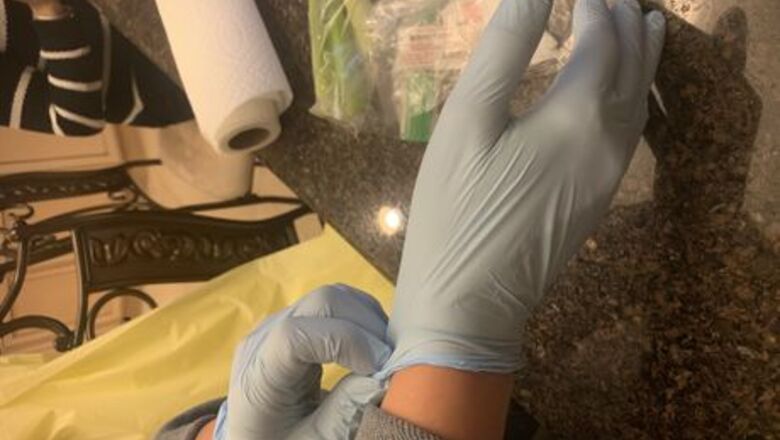
views
Preparing
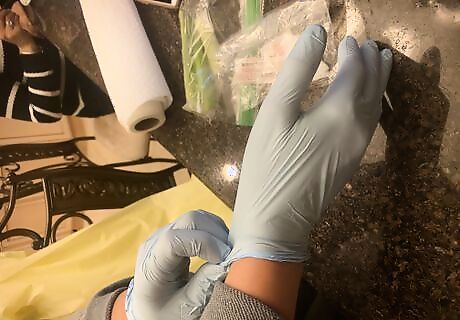
Put on your personal protective equipment. This includes long sleeve shirt or lab coat, long pants, closed toed shoes, and medical examination gloves.
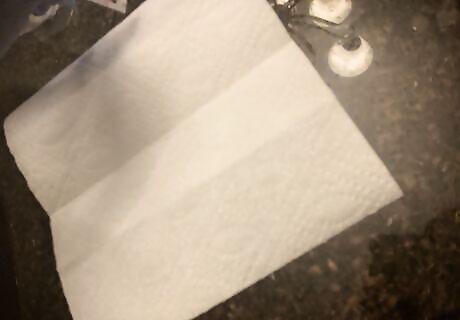
Cover the surface being used with a few sheets thick of paper towel. Perform the rest of the procedure above the paper towel. This will help prevent contamination.
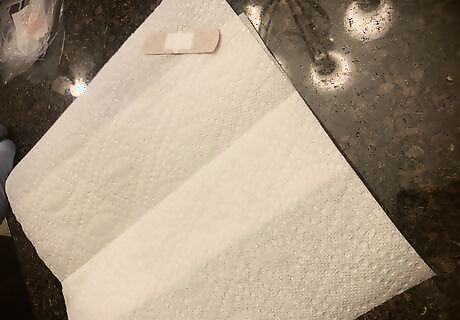
Pre-open the band-aid and place it nearby for ease of access later on. Do not remove the paper flaps on the adhesive.
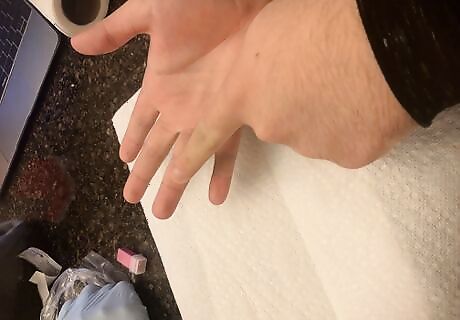
Ask the patient for their preferred hand and finger for the finger prick. The finger used must be either the ring finger or the middle finger.
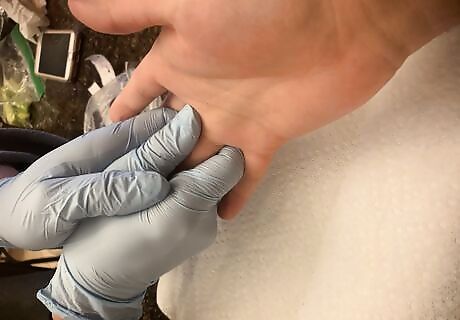
Ask the patient to sit on their hands or ask for permission to hold onto the finger being pricked. This will help warm up the hand in order to increase blood flow to the prick.
Poking the Finger
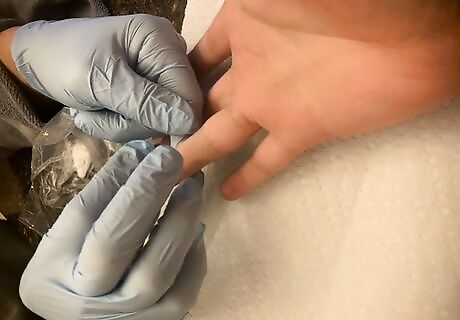
Clean the patient's finger with an alcohol wipe. Use a force similar to wiping off a marker stain on the skin. The patient may have oil or lotion on their hand, so it is important to wipe it off using the alcohol wipe since some test results might be affected by these fats.
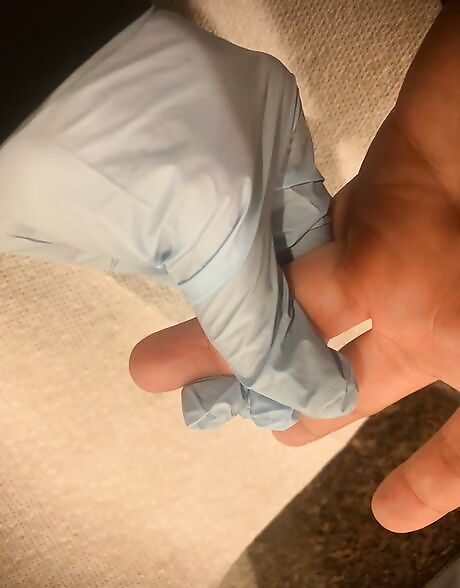
Apply pressure to the patient's finger for the rest of the sample collection. To do this, place the thumb on the portion of the finger next to the palm and continue adding pressure down the finger until all of the blood samples have been collected. Apply pressure until the fingertip obtains a dull red tint and avoid applying pressure to the location of the finger prick.
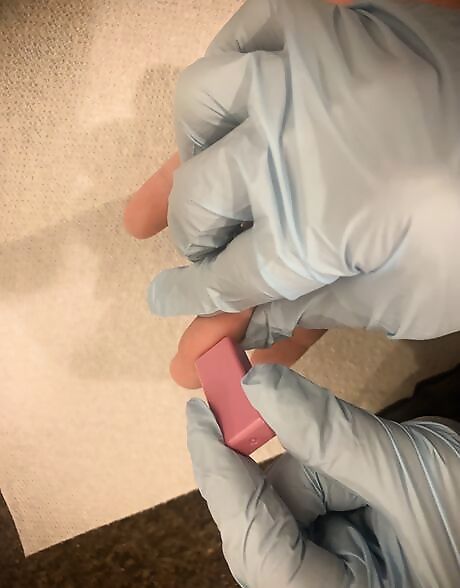
Open a sterile lancet. Line it up on the patient's finger when it obtains a dull red tint. Place the lancet between the side of the finger and the center of the fingertip, and if it is a wide lancet, place it parallel to the finger on the location of the prick.
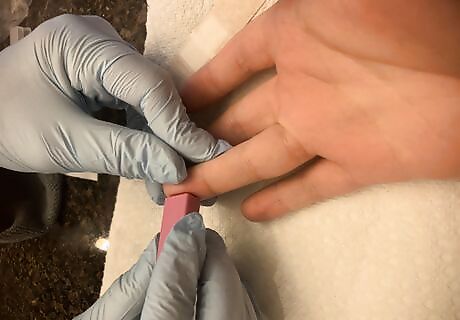
Press down onto the finger using the lancet until the needle unloads and penetrates the skin. There will be sound to go along with this event; after the needle goes through, hold it down into the finger for 1 second to ensure an adequate prick was made.
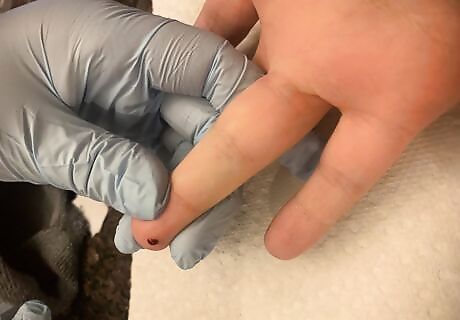
Wipe the first drop of blood away with a gauze pad. The first drop of blood usually contains tissue from the prick and it can affect some blood test results, so it is best to wipe it off. It is important to push down on the finger and avoid tugging, also known as "milking." Milking will cause tissue to come out along with the blood which will skew test results. If blood flow slows down, release pressure for a split second to allow blood from the hand to rush into the finger and ultimately to the prick.
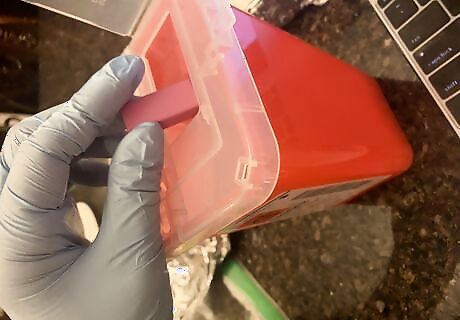
Dispose of any tools that came into contact with the bodily fluids into the sharps container. This includes the gauze pads, and blood testing materials. It is important that an object such as a lancet is disposed of in a sharps container to avoid any loose sharp parts from poking through the bag and harming others and spreading blood-borne pathogens.
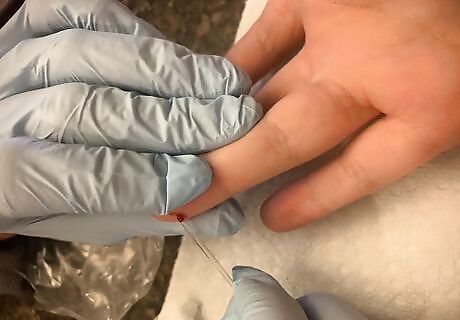
Follow the instructions for the blood testing kit or tool that is being used. When using a capillary tube, slightly angle the end not being used down towards the ground, and continue applying pressure to encourage speedy blood flow into the capillary tubing. When using a blood spotting paper, have the patient stand up to encourage blood flow, continue applying pressure until a blood drop forms and allow it to fall onto the blood spot paper using gravity.

Finish up the blood sample collection. Clean the patient's finger using a new, sterile gauze pad and have them hold it until a band-aid is placed onto the finger.
Cleaning Up
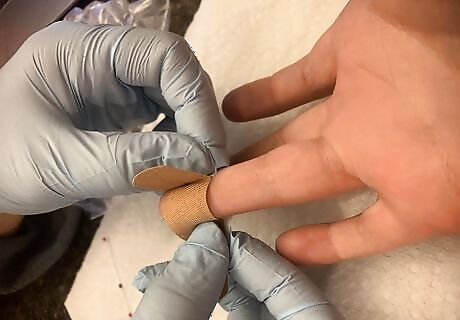
Place a band-aid on the patient's finger. This can be done by grabbing both paper flaps of the band-aid, placing the pad over the prick wound, and wrapping each side of the band-aid around the finger, one at a time.
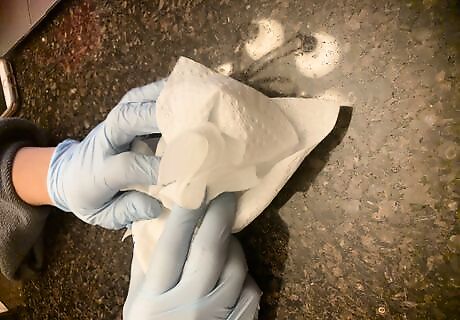
Place all leftover trash in the center of the paper towel sheets. Crumple it all up and dispose of it into the trash.
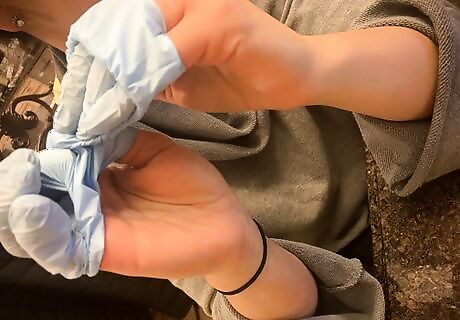
Remove gloves and throw them into the trash. Grab one glove and partially take it off and using that partial glove, remove the glove off of the other hand pull them both off without touching the exterior surface of the glove. This is to prevent the spread of contamination on the gloves to the skin.











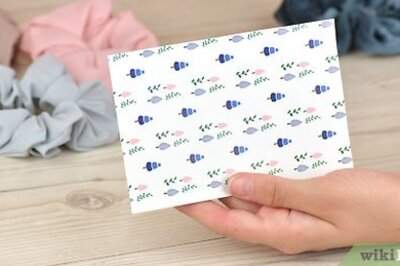



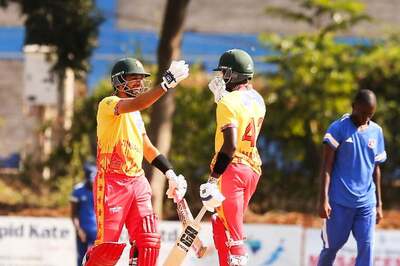
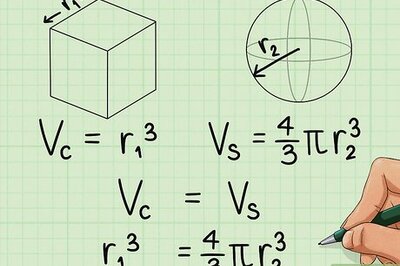
Comments
0 comment